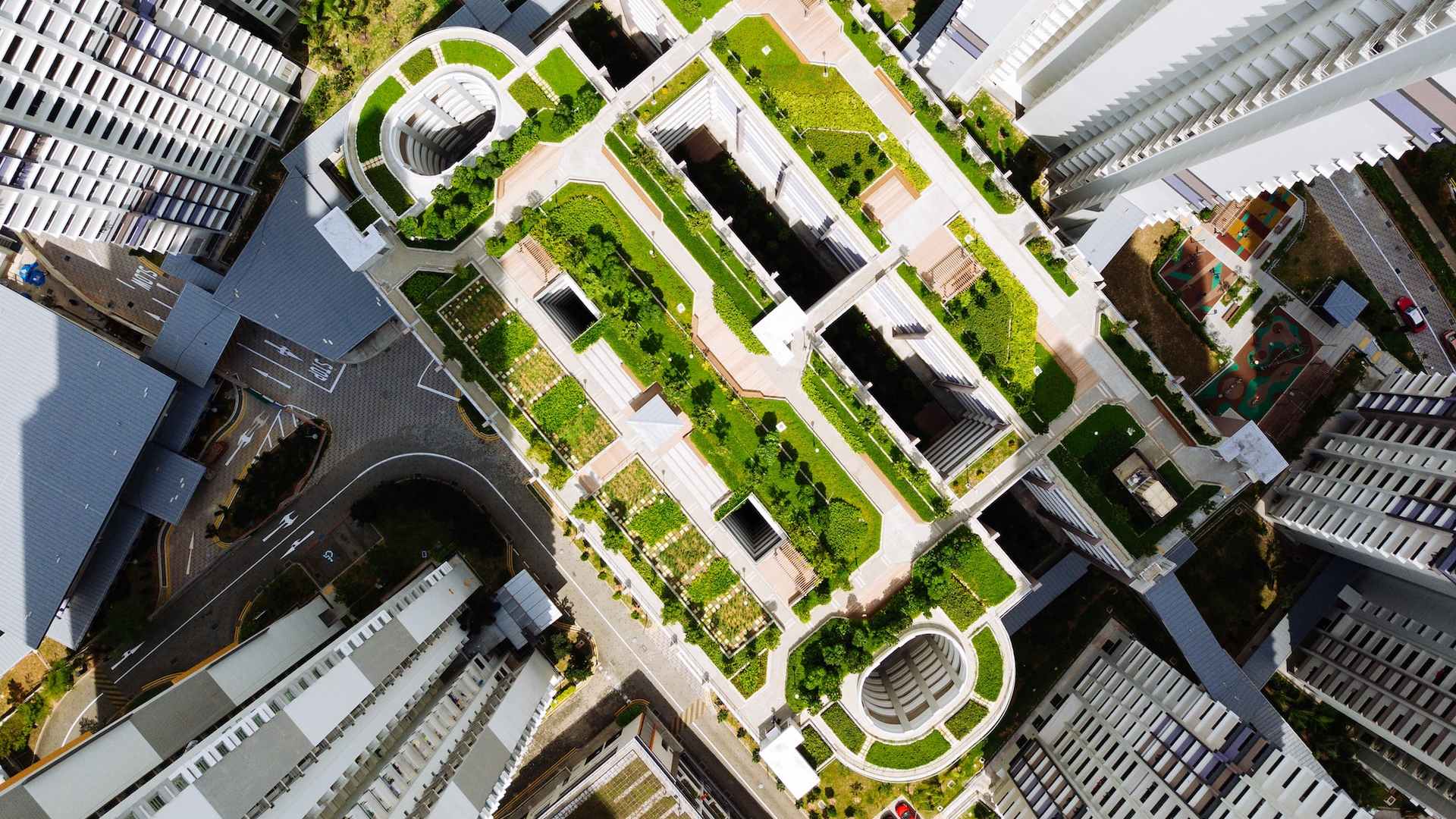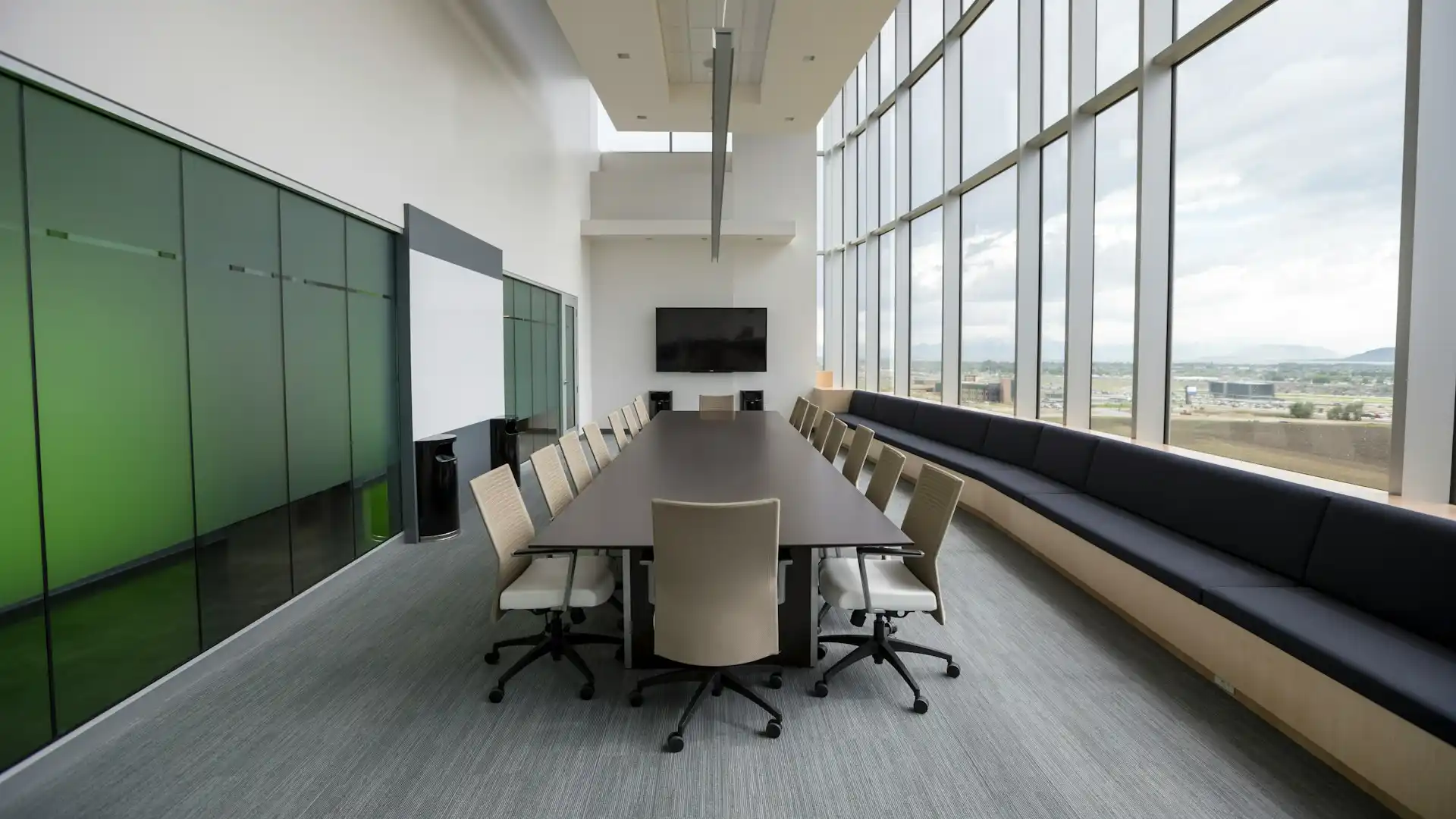T-Word Explains: Everything you need to know about NABERS UK

NABERS UK is the latest energy efficiency rating system to take the built environment by storm. Its particular focus on building performance sets it apart from other rating systems. It’s one to keep an eye on, which is why we’re breaking down what you need to know.
What is NABERS UK?
NABERS UK was launched in November 2020, making it one of the newest rating systems in the sector. Similar to the efficiency stars that label household items like refrigerators and washing machines, NABERS UK utilises a 6-star system to measure and rate the actual energy use of offices.
Once certified, NABERS ratings are valid for 12 months. This time frame ensures that ratings are accurate to the building’s current operational performance and helps to identify areas for savings and improvements.
Providing annual ratings measurements also means building owners can benchmark the progress of their building’s year-on-year change of operational energy consumption, as well as identify progress compared to other buildings participating in the ratings scheme.
Who oversees NABERS UK governance?
BRE is in charge of running NABERS UK on a daily basis and administers the programme. A steering committee made up of BRE, the Better Buildings Partnership, and NABERS—the scheme owner on behalf of Australia's New South Wales Government—oversees the strategic activities of NABERS UK.
What is the difference between NABERS and BREEAM?
The main difference between the two building rating systems is that BREAAM is a design-based energy rating, whereas NABERS UK measures and rates the actual energy use of offices.
While NABERS separates base building ratings from the tenancy and whole building ratings, BREEAM assigns a single rating to the entire building. BREEAM focuses more specifically on sustainability of the built environment through the perspectives of energy, health and wellbeing, land use, materials, innovation, management and pollution.
Meanwhile, NABERS UK offers two different products with varying purposes:
- NABERS Energy measures the efficiency of an office building and rates its performance
- NABERS Design for Performance is the process whereby a developer or owner commits to design, build and commission a new office development or major refurbishment to achieve a specific NABERS Energy rating.
What are the benefits of a NABERS UK rating?
The NABERS rating system is an important tool for promoting sustainability in the built environment. It helps building owners and occupants to understand their environmental impact and identify areas for improvement.
By providing a transparent and standardised rating system, it also encourages competition among buildings to become more sustainable.
From a financial perspective, both investors and building occupiers are increasingly seeking properties with strong performance credentials. Recent research from Bain & Company and EcoVadis has shown that businesses that are more sustainable are also more profitable. The study revealed that most companies working to improve their ESG saw revenue growth of up to 6% over the span of the 3-year study.
More efficient energy consumption also translates to lower energy costs, allowing building and business owners to invest the saved money where it’s needed most.
Research in 2021 from real-estate firm Knight Frank found that offices with NABERS Energy ratings of up to 4.5 stars were worth an average of 8% more than unrated buildings on a per square metre basis. This premium jumped up to 18% among offices with five- and six-star ratings.
Expert insight: what’s next for NABERS
The NABERS rating system, which has been in place in Australia since 1999, was rolled out by BRE in 2020 – making it one of the newest rating systems available to energy owners – and is bringing praise from industry leaders.
Some industry commentators see the potential for NABERS UK to consolidate various rating systems. Meanwhile, other influential bodies such as the British Council for Offices (BCO) have incorporated NABERS UK guidelines into its updated 2023 Guide to Specification, citing that new recommendations include a minimum sustainability target of 5 stars.
Neil Pennell, Chair of the BCO’s Technical Affairs Committee and Head of Design Innovation and Property Solutions at Landsec, said, “There is a clear imperative to adopt a whole-building approach to decarbonise the sector which needs to start with the design and specification of new and refurbished office space.”
Is the NABERS rating system mandatory?
In some Australian states, the NABERS rating system is mandatory for certain types of buildings, such as office buildings, shopping centres, and hotels. Here in the UK, NABERS is not yet mandatory, though it has widely been considered a world leading environmental performance rating tool for commercial buildings.
The scheme has recently expanded to include Whole Building and Tenancy ratings, broadening its scope within the country. These two ratings joined the NABERS UK Base Buildings rating to complete the NABERS UK Energy for Offices suite.
How can modern, efficient LED lighting improve NABERS ratings?
The Indoor Environment (IE) rating of NABERS measures the lighting quality, indoor air quality, acoustics, temperature, and thermal comfort of a building. NABERS UK ratings are based on metered energy consumption. Therefore, enhancing energy efficiency of lighting within buildings can greatly impact energy demand, operational costs, and improve NABERS ratings.
For more detailed insight, BRE offers useful downloads and a products page.
How can I get started?
With NABERS UK, it’s often a good idea to think about deploying quick-wins on energy efficiency – particularly in light of the phase-out of older technologies, including halogen and fluorescent lamps.
NABERS echoes much of our own guidance on straight forward steps that can be taken to improve indoor lighting efficiency and quality. LED lighting offers businesses an easy solution to quick install and a relatively small investment. It is well known that replacing outdated lighting with modern LED systems, coupled with intelligent control systems, buildings can be made more efficient, generating savings of between 60% to 80%.
At Tamlite Lighting, we’re here to help with energy efficiency and decarbonisation challenges. Drop us a line to get in touch


